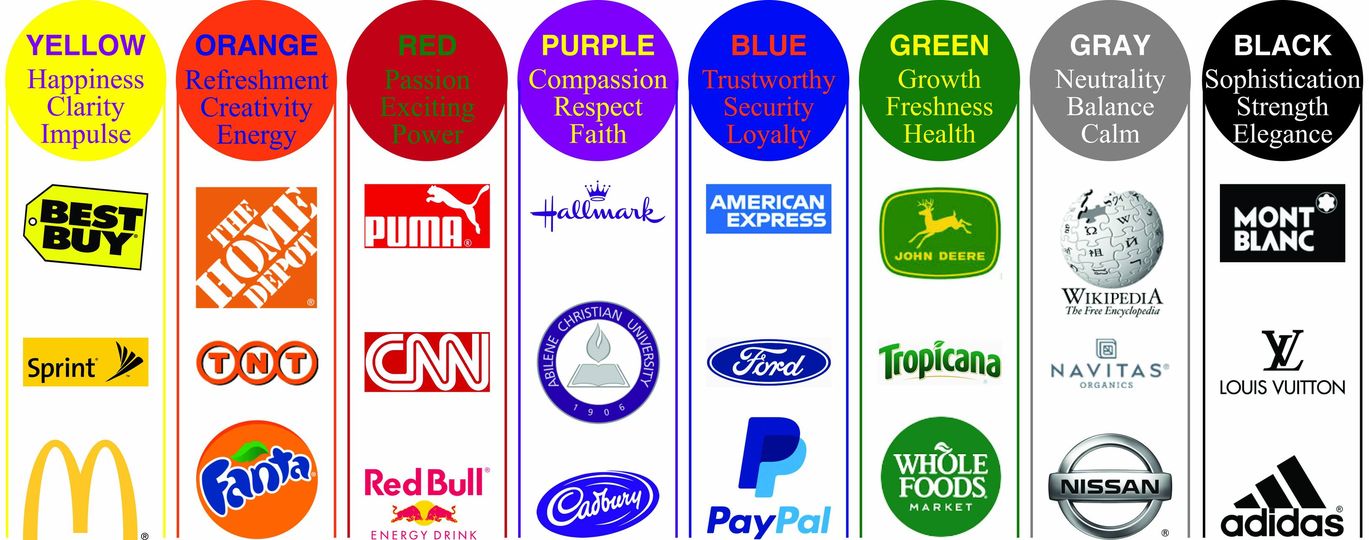
The Influence of Color Psychology on Brand PerceptionThe Influence of Color Psychology on Brand Perception In the realm of marketing, color plays a pivotal role in shaping consumer perceptions and influencing brand identity. Color psychology, the study of the effects of color on human behavior and emotions, provides invaluable insights into how brands can leverage color to create a lasting impression and evoke desired associations. Color and Brand Recognition Colors are powerful attention-grabbers and can significantly impact brand recognition. A well-chosen color palette can help a brand stand out in a crowded marketplace and make it easily recognizable. For example, McDonald’s golden arches, Coca-Cola’s red and white branding, and Starbucks’ iconic green hue have become instantly recognizable symbols associated with their respective brands. Color and Brand Personality Different colors evoke different emotions and associations, which can align with the desired brand personality. For instance: * Blue: Trustworthy, reliable, calming * Red: Excitement, passion, appetite * Yellow: Optimism, cheerfulness, creativity * Green: Nature, growth, balance * Purple: Sophistication, luxury, wisdom By selecting colors that resonate with their desired brand image, companies can create a consistent and cohesive brand experience. Color and Consumer Behavior Color psychology can also influence consumer behavior. For example: * Warm colors (red, orange, yellow): Stimulate hunger and encourage impulse purchases * Cool colors (blue, green, purple): Create a sense of calm and promote rational decision-making * Bright colors: Capture attention and create a sense of urgency * Neutral colors (black, white, gray): Convey sophistication and trustworthiness Understanding these effects allows brands to optimize their color choices to elicit specific behaviors from consumers. Cultural Influences It’s important to consider cultural factors when selecting brand colors. Color associations can vary across different cultures. For example, in Western cultures, white is associated with purity and innocence, while in some Eastern cultures, it is associated with mourning. Conducting thorough research is essential to ensure that the chosen colors resonate with the target audience. The Power of Consistency Once a brand has established its color palette, it’s crucial to maintain consistency across all marketing channels. Repeat exposure to brand colors reinforces brand recognition and strengthens the emotional associations with the brand. Consistency extends to social media, packaging, website design, and even employee uniforms. Conclusion Color psychology plays a vital role in brand perception by influencing recognition, conveying brand personality, shaping consumer behavior, and aligning with cultural norms. By carefully selecting and consistently implementing their color palettes, brands can create a powerful and memorable impression that resonates with their target audience and drives brand success. Understanding the influence of color is an essential aspect of effective marketing and brand management.
Posted inNews